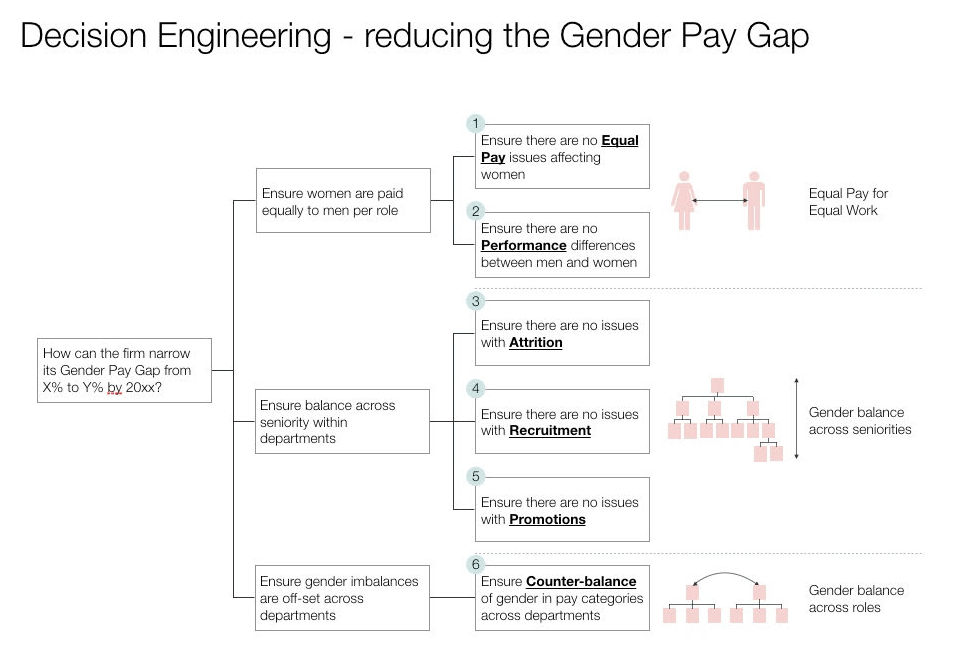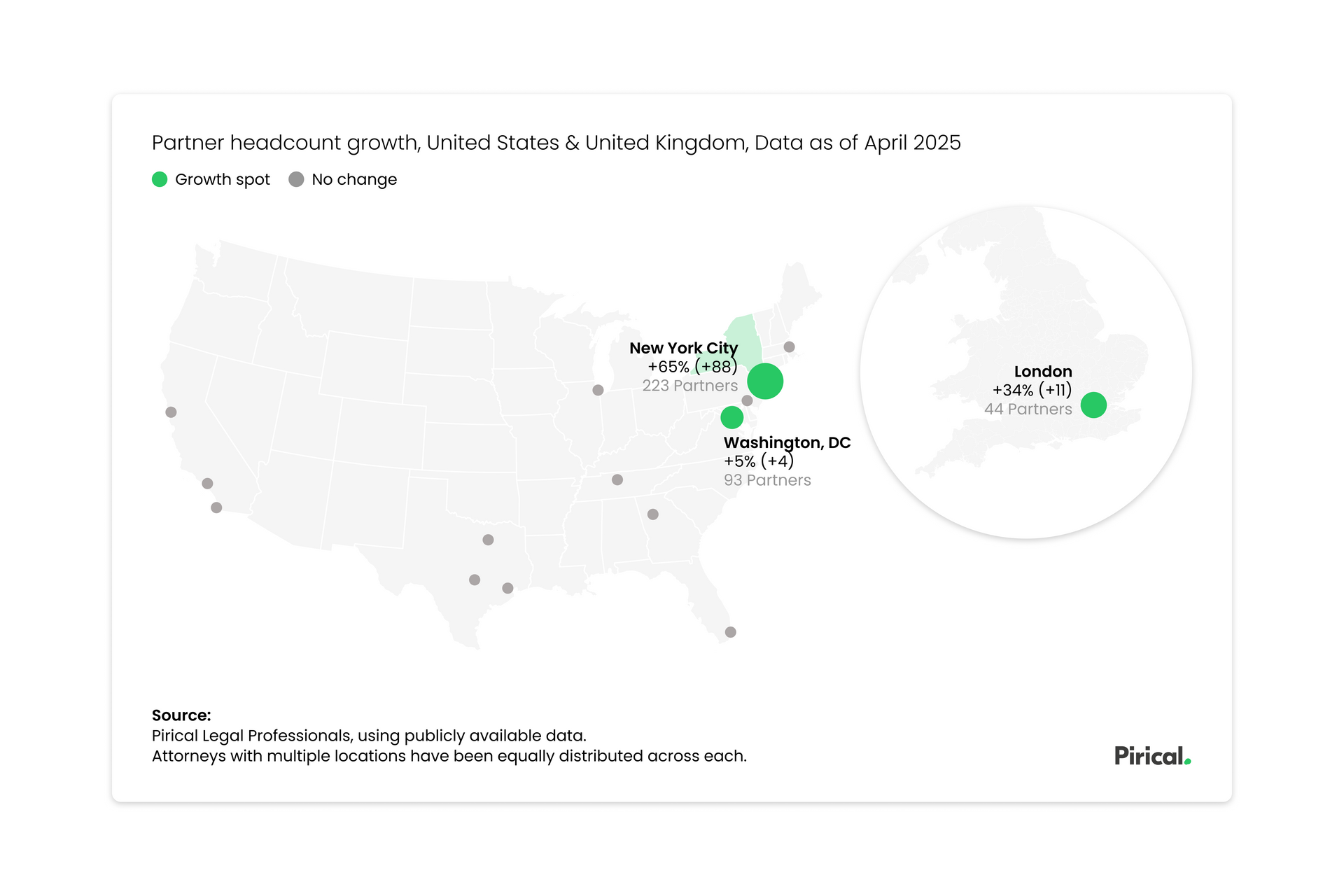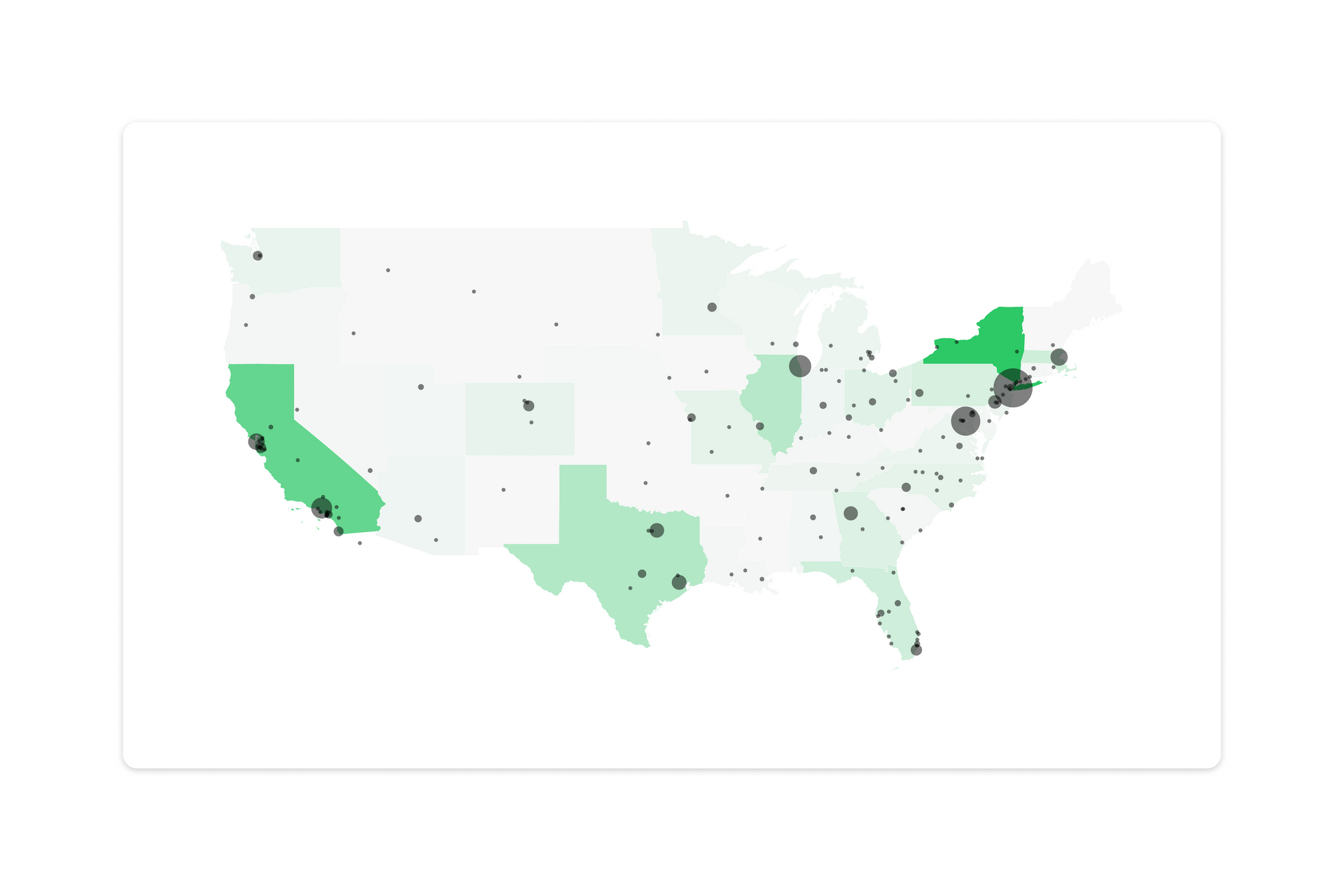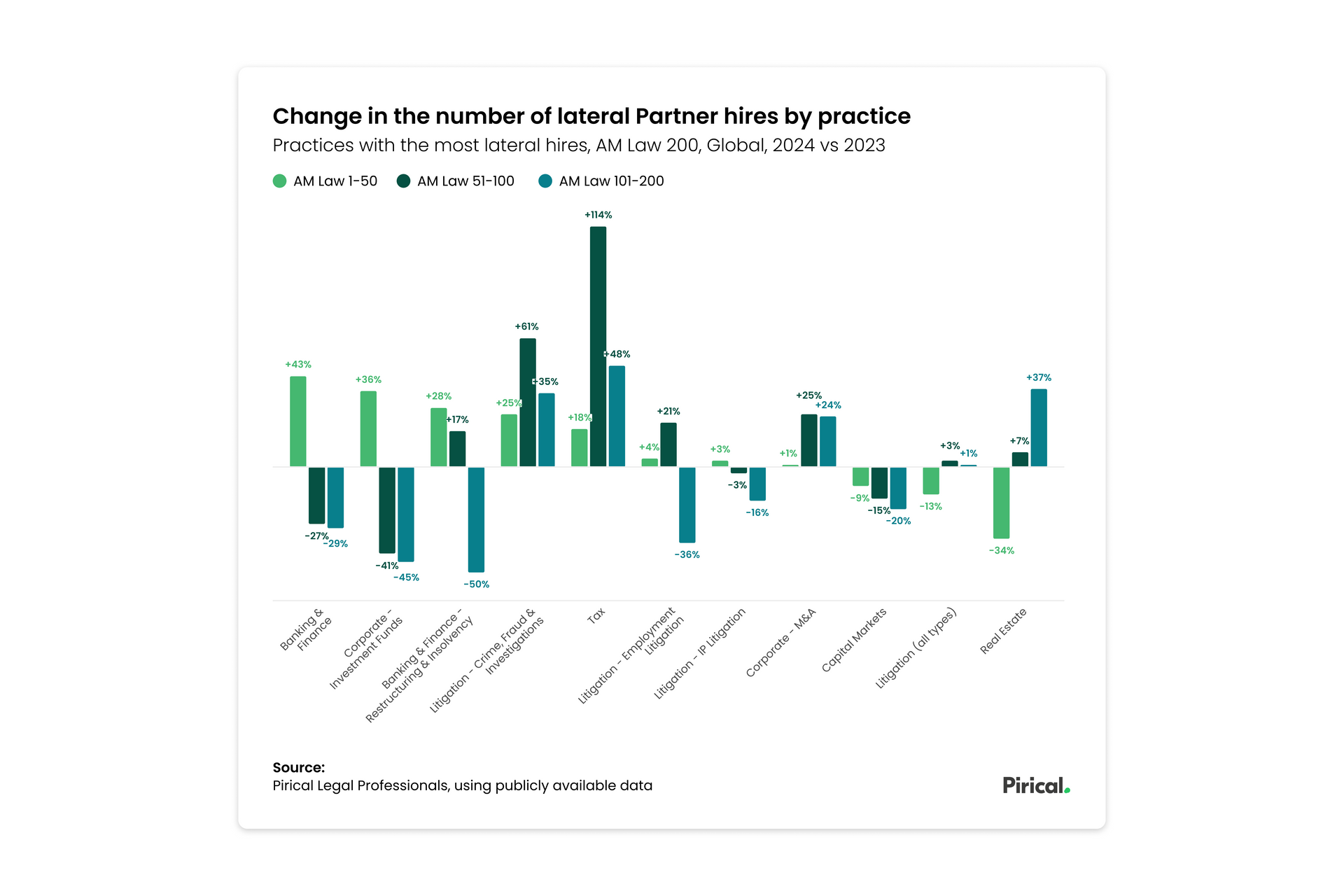How to reduce the Gender Pay Gap - Decision Tree for more Equality
Few things are as vexing and intractable for the equality-minded HR leader as the Gender Pay Gap. We are three years into the pay gap reporting, and yet women and men still earn very differently, despite near universal awareness of the issue.
However, before seeking a cure for the malady, we must make the correct diagnosis. Every law firm is different, and while in one firm the problem could be attrition due to poor work/life balance, another could have some form of systemic bias within performance reviews.
So the first step in solving the problem, is pinpointing exactly where that problem lies.
But how do you improve this divide within a law firm? After working with many legal HR leaders over the years, we at Pirical have identified six specific actions in three main categories that law firms can take to narrow that stubborn pay gap.

Equal pay for equal work
The first two measures concern the topic of equal treatment within the same job type and job level. Naturally, there should be no pay difference here, as long as experience level and job title are the same.
1) No Equal Pay issues affecting women.
This is an exercise every law firm has done and we are only mentioning it for completeness’ sake. Map pay levels across every job title and experience and calculate the average at every sub-segment by gender. There should be 0% difference.
2) No Performance differences between men and women.
Not every law firm, however, has done this analysis: Ensuring that there are no gender-specific performance differences between men and women across the board.
Differences are, of course, acceptable in small firms and individual teams due to the lack of statistical significance in an average calculated across a small population.
But you should be highly suspicious if across hundreds of lawyers, one gender has consistently higher performance scores (and thus gets promoted faster and receives bigger bonuses). This is very unlikely to be based on merit and more likely to have some systemic bias at its core.
Balance in seniority across departments
The second area concerns seniority, as this is the main driver of compensation differences between men and women.
While at this point in history, the share of female partners doesn’t cross 30% in almost any law firm, the split is much more balanced in lower seniority levels. Running an analysis across the following three areas can help you understand if there is work left to do in how you manage attrition, hire laterally and promote.
3) Attrition
Is attrition at the root of the Gender Pay Gap problem in your firm? Benchmarking against industry averages provides a first level of diagnosis.
But even if it is in line with wider trends, there are still different measures you can take to go above industry averages. The most successful measures to implement are all mainly in the area of Work Life Balance , for example, ensuring that you provide young mothers flexibility, including the option to work from home.
4) Hiring
When hiring, there is no reason your gender split should depart significantly from the industry average across each seniority level.
If it is significantly different, you might want to investigate whether your hiring practices have a level of systemic bias towards men, e.g.
-
In the terminology you use to advertise job openings
-
In your overall employment brand and reputation which may attract men disproportionately
-
A level of informality in decision-making in the recruitment process
-
In recruitment agencies providing male-only shortlists
5) Promotions
Closely connected to the issue of performance is the idea that there should not be a significant difference in promotions between men and women.
We keep seeing over and over that men get promoted faster than women. As usual, benchmarking yourself against industry averages should provide a first look at where you stand.
But also, you need to identify whether there is bias occurring in performance evaluation and promotion cycles (e.g. through not sufficiently formalised assessment processes where personal favouritism leads to men benefiting more than women).
Ensure gender balances are off-set across departments
Granted, this is a less-than-satisfying workaround, but one that will accelerate the closing of the Gender Pay Gap: Balancing leaders across the company.
Put bluntly, you will have a hard time filling that technology lead with a female candidate. At least, try to balance out the male in the role with a senior female in a more traditionally female position (e.g. the HR department).
Conclusion
For the most part, we have been referring to industry averages here, and they do provide useful benchmarks for your firm.
However, these figures are not easy to come by. At Pirical, we help our clients collect this data, and run specific analyses to pinpoint what actions they can take to make the biggest impact for their firm.
Contact us to explore Gender Pay Gap analysis, and the benchmark figures that are the most relevant to you.
Subscribe to the latest data insights & blog updates
Fresh, original content for Law Firms and Legal Recruiters interested in data, diversity & inclusion, legal market insights, recruitment, and legal practice management.






